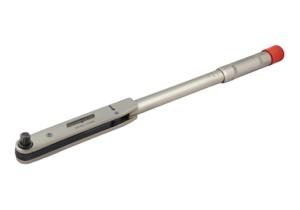In the globally connected world of today, expanding into global markets is a key strategy for businesses looking to grow and thrive. One of the essential steps in accessing the European Union (EU) market and many other international markets is obtaining CE marking certification. CE marking is a symbol that signifies compliance with essential health and safety requirements for products sold within the EU. This certification not only grants access to the EU market but also enhances the credibility and competitiveness of your products worldwide. In this article, we will explore how CE marking certification can open doors for your products in global markets.
What is the CE Mark?
CE marking is a mandatory conformity marking for products placed on the market in the European Economic Area (EEA). It indicates that a product complies with EU regulations and meets the necessary safety, health, and environmental standards. CE marking is not just a visual mark but a complex process involving assessments, documentation, and conformity assessments by authorized bodies or manufacturers themselves.
How does the CE Mark help change the game for your product’s international success?
- Access to the EU Market:
Access to the sizable EU market, which is made up of 27 member states, is the CE marking certification’s most evident advantage. This removes trade restrictions and makes it easier for products to enter the market by enabling their free sale and distribution inside the EU.
- Enhanced Credibility:
CE marking certification is a symbol of quality and safety, enhancing the credibility of your products in the eyes of consumers, business partners, and regulatory authorities. It demonstrates your commitment to meeting stringent EU standards and can lead to increased customer trust and loyalty.
- Competitive Advantage:
In a global marketplace, differentiating your products from the competition is crucial. CE marking sets your products apart by demonstrating compliance with EU regulations, giving you a competitive edge over non-certified competitors. This can lead to increased sales and market share.
- Global Acceptance:
While CE marking is specifically required for the EU market, its reputation for stringent safety and quality standards extends beyond Europe. Many countries outside the EU recognize CE marking as a mark of excellence, making it easier to access other international markets. This can streamline the process of obtaining certifications in non-EU countries.
- Cost Savings:
Obtaining CE marking certification can lead to cost savings in the long run. By complying with EU regulations from the outset, you reduce the risk of costly product recalls, fines, and legal issues. Additionally, it can simplify the process of obtaining certifications in other markets, reducing duplication of efforts and costs.
How to Become CE Marking Certified:
- Determine Which EU Directives and laws Apply to Your Product: Identify the applicable EU directives and laws.
- Analyze Product Compliance: Verify that your product complies with all applicable safety, health, and environmental standards.
- Make Technical Documentation: Create thorough technical documentation that shows conformity with EU requirements.
- Conformity Assessment: Depending on the type of product, do a self-evaluation or involve a notified body in the conformity assessment process.
- Affix CE Marking: Apply the CE mark to your product and any associated documentation when compliance has been verified.
Conclusion
Certification for the CE Mark provides a doorway to international markets, particularly the lucrative EU market. It provides advantages like credibility, competitiveness, and cost savings in addition to market access. Businesses can position themselves for success in a globalized, competitive environment by following the appropriate procedures to achieve CE marking. In the current global economy, opening up foreign markets through CE marking certification is not only a possibility but a tactical must for companies looking to grow.











